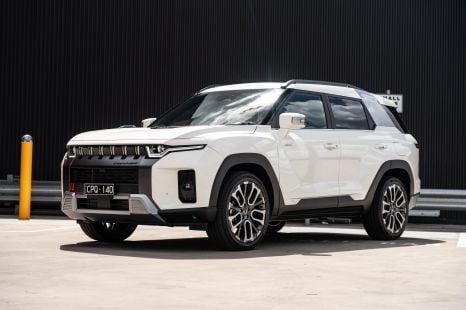

Max Davies
5 Days Ago
Confused about what determines your registration cost? You're not alone. Here are the eight different ways fees are calculated in Australia.

Contributor
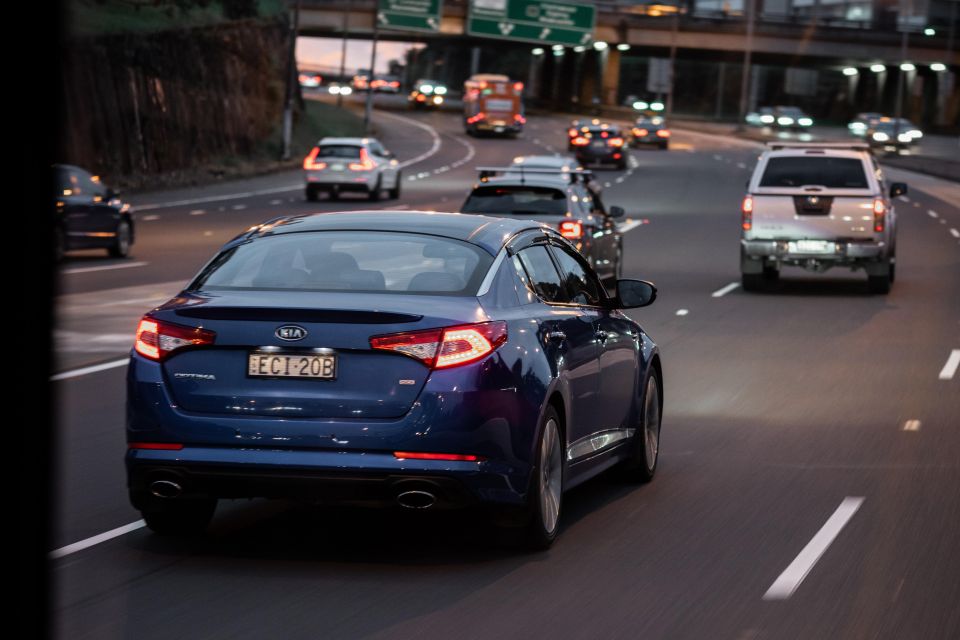

Contributor
Australia’s division between states and territories may have become apparent throughout the COVID-19 pandemic, but these jurisdictions have long taken varying approaches on one particular area: vehicle registration.
Given the different budgets across each state and territory, the respective governments decide to charge not only differing registration fees, but base them on different criteria.
This can be based on anything from a vehicle’s weight and how much it damages the road, to where it’s registered and even how much carbon dioxide comes out of its exhaust pipe.

With so many different approaches, it can be hard to work out what applies where – which is where we come in.
Below, we’ve broken down what you’re paying rego fees for and – in most cases – how much in every region.
Now, where can we start the petition for fixed road user charges?
In Australia’s most populous state, passenger vehicle registration costs are based on weight.

This increases in brackets of varying size, from those which weigh up to 975kg – which attract a $255 private use fee – to the upper end of what can be driven on a car licence, such as those which tip the scales between 4325kg and 4500kg, where the fee is $1397.
| Tare weight | Annual registration fee |
|---|---|
| Up to 975kg | $255 |
| 976kg to 1154kg | $295 |
| 1155kg to 1504kg | $359 |
| 1505kg to 2504kg | $546 |
| 2505kg to 2794kg | $788 |
| 2795kg to 3054kg | $895 |
| 3055kg to 3304kg | $980 |
| 3305kg to 3564kg | $1067 |
| 3565kg to 3814kg | $1145 |
| 3815kg to 4064kg | $1231 |
| 4065kg to 4324kg | $1313 |
| 4325kg to 4500kg | $1397 |
A $79 annual registration fee applies across all weight brackets, while additional costs include compulsory third-party insurance.
There are also additional fees for those with personalised number plates, in addition to the cost of buying the plate itself.
Victoria does things a bit differently, splitting registration fees up based on three factors across two categories.
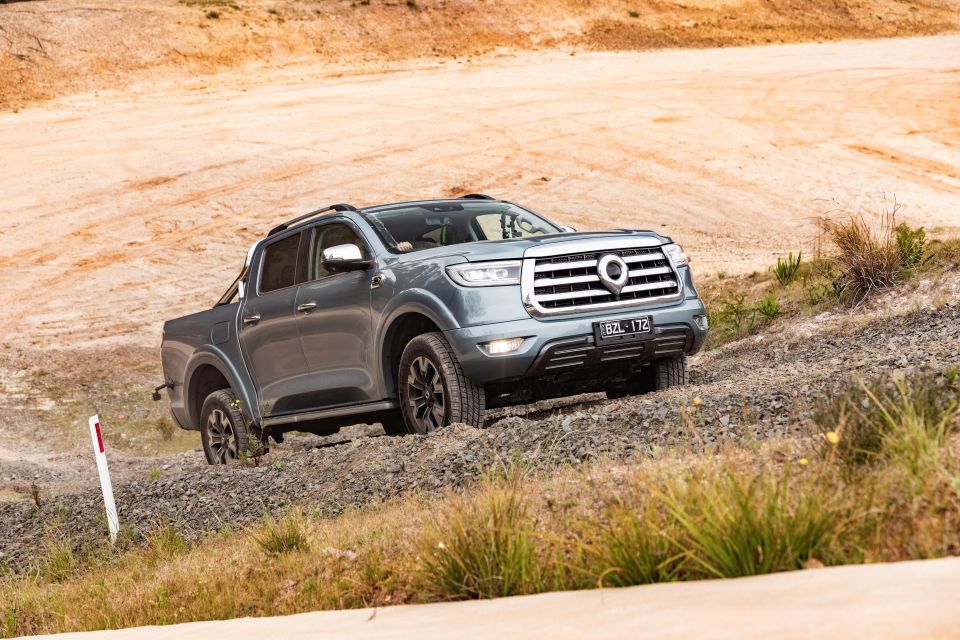
The greatest cost variance comes from where the vehicle is registered, with those in metropolitan areas determined to be at high risk, paying higher prices.
Vehicles registered in outer metropolitan areas pay lower prices, while rural areas are cheaper yet.
Sedans, wagons, hatchbacks and SUVs are all covered by the same fee regardless of weight, however goods-carrying vehicles capable of holding up to two tonnes such as utes get a discount in non-metropolitan areas.
| Vehicle location | Registration fee (cars and SUVs) | Annual registration fee (utes) |
|---|---|---|
| Metropolitan area | $906.60 | $907.70 |
| Outer Metropolitan | $848.40 | $769.10 |
| Rural | $780.10 | $634.90 |
The above fees include costs for number plates, motor vehicle duty, and the Transport Accident Commission charge (TAC) – effectively Medicare for those involved in crashes.
Up in the Sunshine State, registration fees aren’t based on weight or where your vehicle is registered, instead on how many cylinders they have.
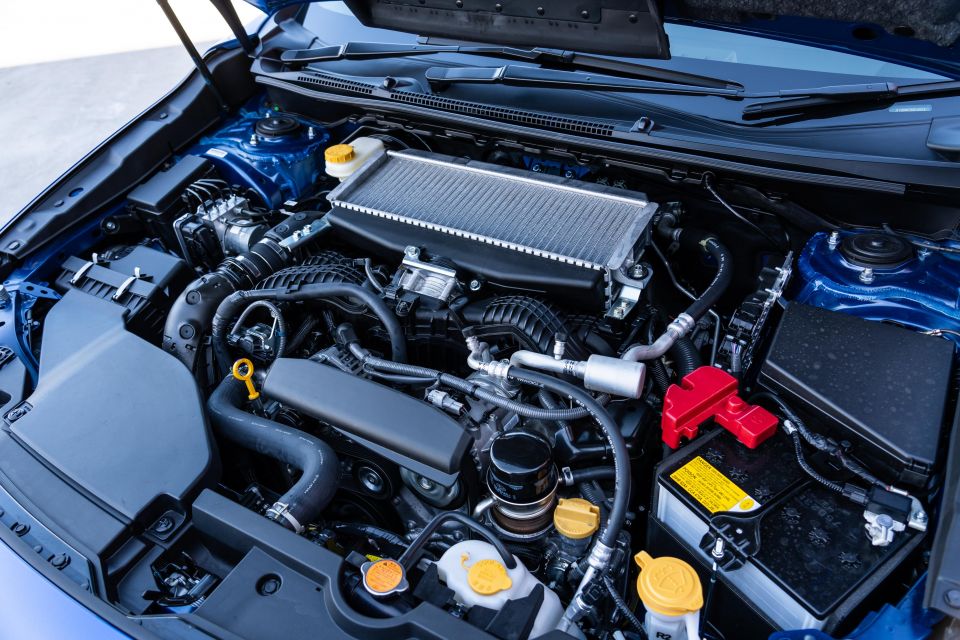
Until September 16, 2024 when the State Government applies a 20 per cent registration discount for six months, the below costs apply for 12 months of registration.
| Cylinders (or other drive type) | Annual registration fee |
|---|---|
| 1, 2 or 3 cylinders, or electric or steam power | $716.05 |
| 4 cylinders | $793.10 |
| 5 or 6 cylinders | $1003.45 |
| 7 or 8 cylinders | $1232.10 |
| 9, 10, 11 or 12 cylinders | $1370.30 |
The above fees include the cost of registration, a traffic improvement fee, and compulsory third party insurance.
Over in the West, a $27.56 fee is applied for every 100kg of a passenger motor vehicle’s weight, rounded up to the nearest 100kg and five cents.
For example, if your vehicle weighs 1475kg, it’ll be classed as 1500kg vehicle, costing $413.40 for its registration fee.
An additional $8.25 administration fee applies for three-, six, and 12-month renewals, while doing so every month only adds an extra $1.75.
There’s also an extra prescribed flat fee of $13.20, which is halved when renewing for 12 months.
South Australia adopts a similar mix of cylinders, vehicle type and location to determine registration costs.
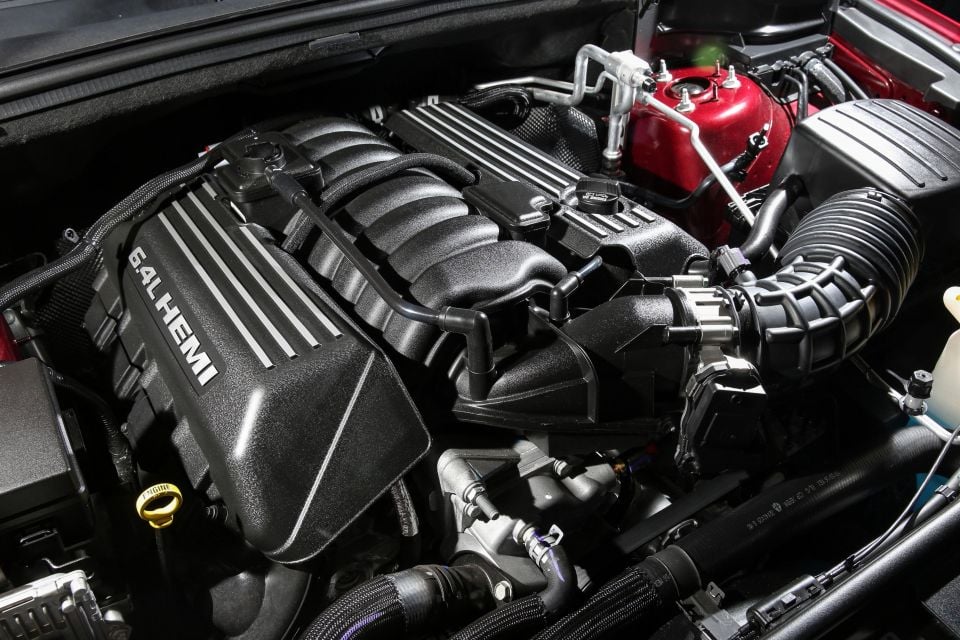
Like Victoria, this means those in country areas pay less than those in metropolitan regions.
| Vehicle type | Annual registration fee (metropolitan) | Annual registration fee (country) |
|---|---|---|
| Passenger car or SUV with electric power | $670 | $545 |
| Passenger car or SUV with 4 cylinders | $670 | $545 |
| Passenger car or SUV with 6 cylinders | $815 | $690 |
| Passenger car or SUV with 6 cylinders | $945 | $820 |
| Ute or van (sub 1500kg) | $910 | $700 |
| Ute or van (1500kg to 4499kg) | $1125 | $915 |
The above fees include a compulsory third party (CTP) insurance estimate and a ‘level 1’ administration fee.
On the Apple Isle, cylinders are again the basis of registration costs, which are split into vehicles that have a gross vehicle mass (GVM) of less than 3000kg and those between 3000kg to 4500kg.
| Vehicle cylinders and GVM | Annual registration fee (renewal) |
|---|---|
| Electric | $587.18 |
| 3 or 4 cylinders, <3000kg | $611.18 |
| 5 or 6 cylinders, <3000kg | $652.18 |
| 7 or 8 cylinders, <3000kg | $728.18 |
| 9, 10, 11 or 12 cylinders, <3000kg | $762.18 |
| 3 or 4 cylinders, 3000kg < 4500kg | $762.18 |
| 5 or 6 cylinders, 3000kg < 4500kg | $813.18 |
| 7 or 8 cylinders, 3000kg < 4500kg | $867.18 |
| 9, 10, 11 or 12 cylinders, 3000kg < 4500kg | $919.18 |
The payable amount includes the registration fee itself, a fire levy, road safety levy, motor tax and Motor Accidents Insurance Board (MAIB) premium.
As recently reported, from July 1, 2024 the Nation’s Capital ditched its weight-based registration fees in favour of an emissions system, slugging higher-polluting vehicles with higher prices.
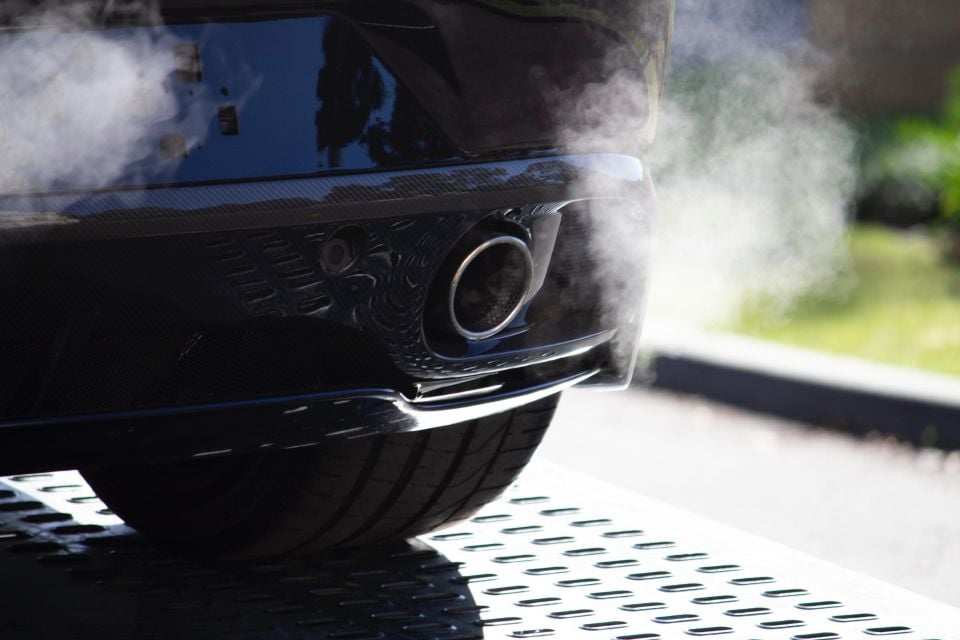
This is broken down into six emissions categories, however it appears there’s still a penalty for heavier vehicles.
With five vehicle types, six fuel types, six weight brackets and six emissions categories to choose from, an exact price of registration is hard to ascertain.
If you want to have a play with the ACT’s registration calculator to check prices against your state or territory, you can click here.
Up in the Top End, an engine’s capacity and whether it has more or fewer than four cylinders determine the fees.
Confused? Check out the two below tables.
Four or fewer cylinders
| Engine capacity | Annual registration fee |
|---|---|
| 1cc to 500cc | $672.25 |
| 501cc to 1000cc | $723.25 |
| 1001cc to 1500cc | $786.25 |
| 1501cc to 3000cc | $841.25 |
Four or more cylinders
| Engine capacity | Annual registration fee |
|---|---|
| 2001cc to 2500cc | $854.25 |
| 2501cc to 3000cc | $901.25 |
| 3001cc to 5500cc | $967.25 |
| 3501cc to 4000cc | $1016.25 |
| 4001cc to 4500cc | $1078.25 |
| 4501cc to 5000cc | $1129.25 |
| 5001cc to 5500cc | $1226.25 |
| 5501cc to 6000cc | $1281.25 |
| 6001cc to 7000cc | $1372.25 |
| 7001cc to 8000cc | $1400.25 |
All above fees include an administration fee, Motor Accidents Compensation (MAC) insurance cover, and compulsory third party insurance.
This means that if you own a VF Series 1 Holden Commodore SS, its 6.0-litre (5967cc) V8 would cost $1281.25 to register annually, but a Series 2 SS with its 6.2-litre (6162cc) will be $1372.25 for 12 months.
Born and raised in Canberra, Jordan has worked as a full-time automotive journalist since 2021, being one of the most-published automotive news writers in Australia before joining CarExpert in 2024.


Max Davies
5 Days Ago
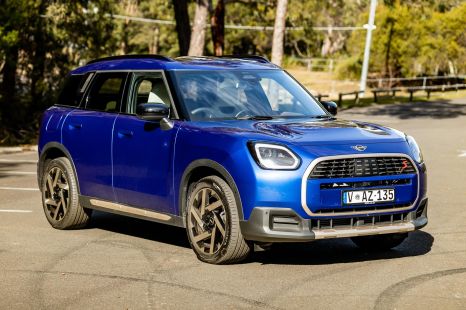

Matt Campbell
4 Days Ago
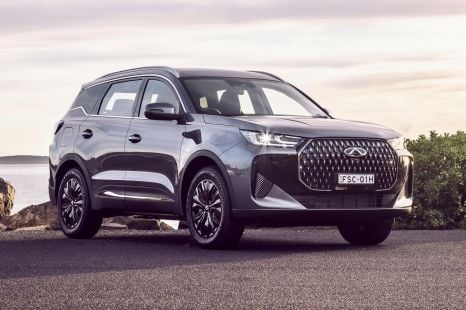

Max Davies
3 Days Ago
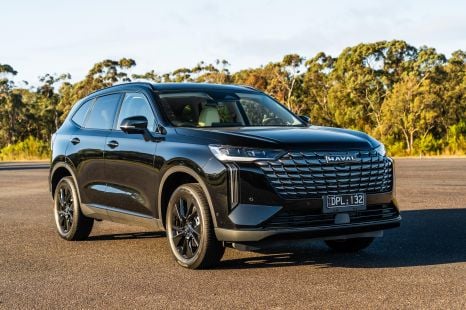

Josh Nevett
2 Days Ago


William Stopford
2 Days Ago
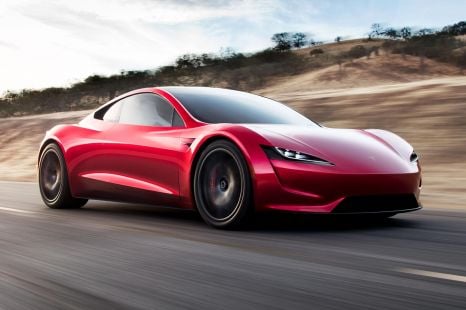

Damion Smy
19 Hours Ago